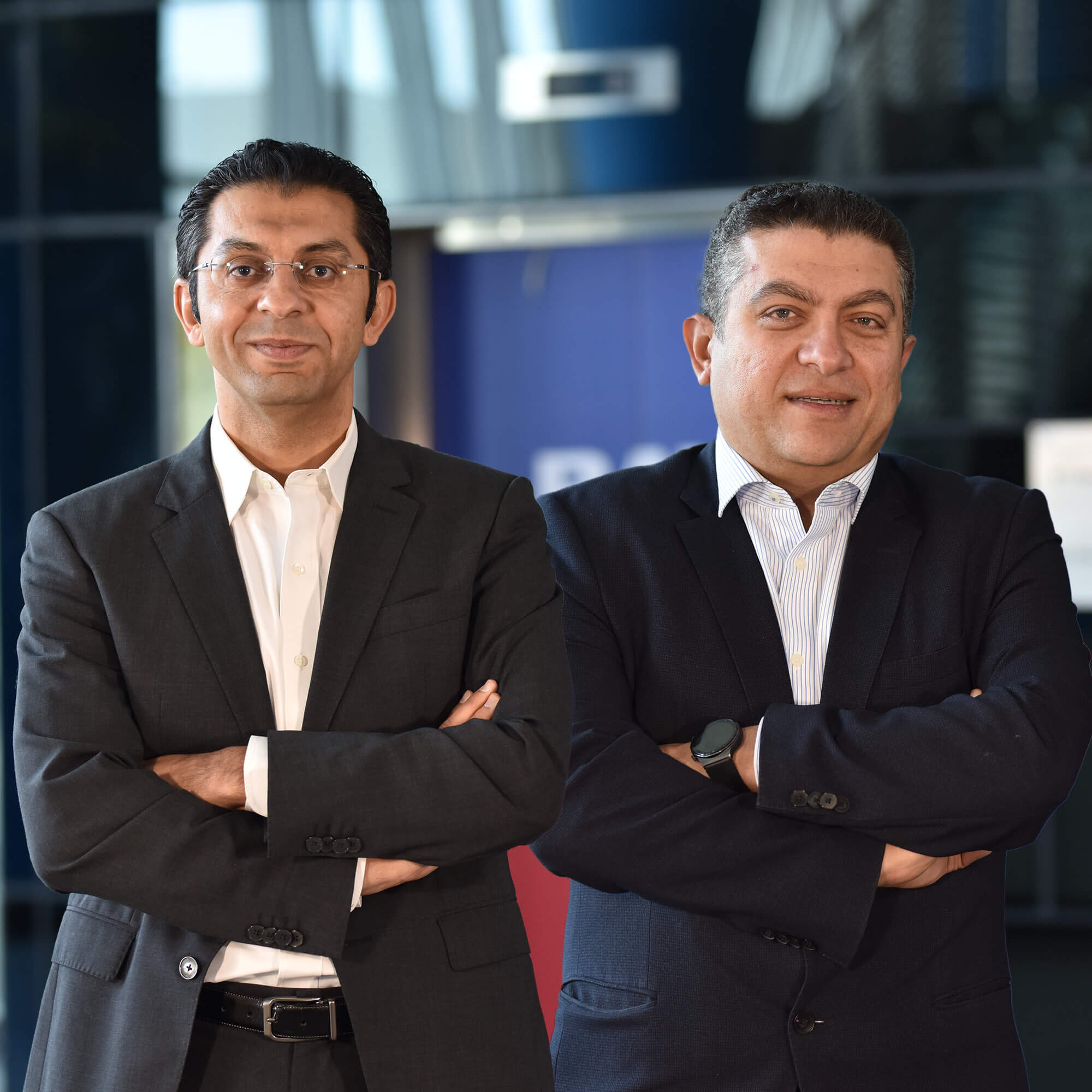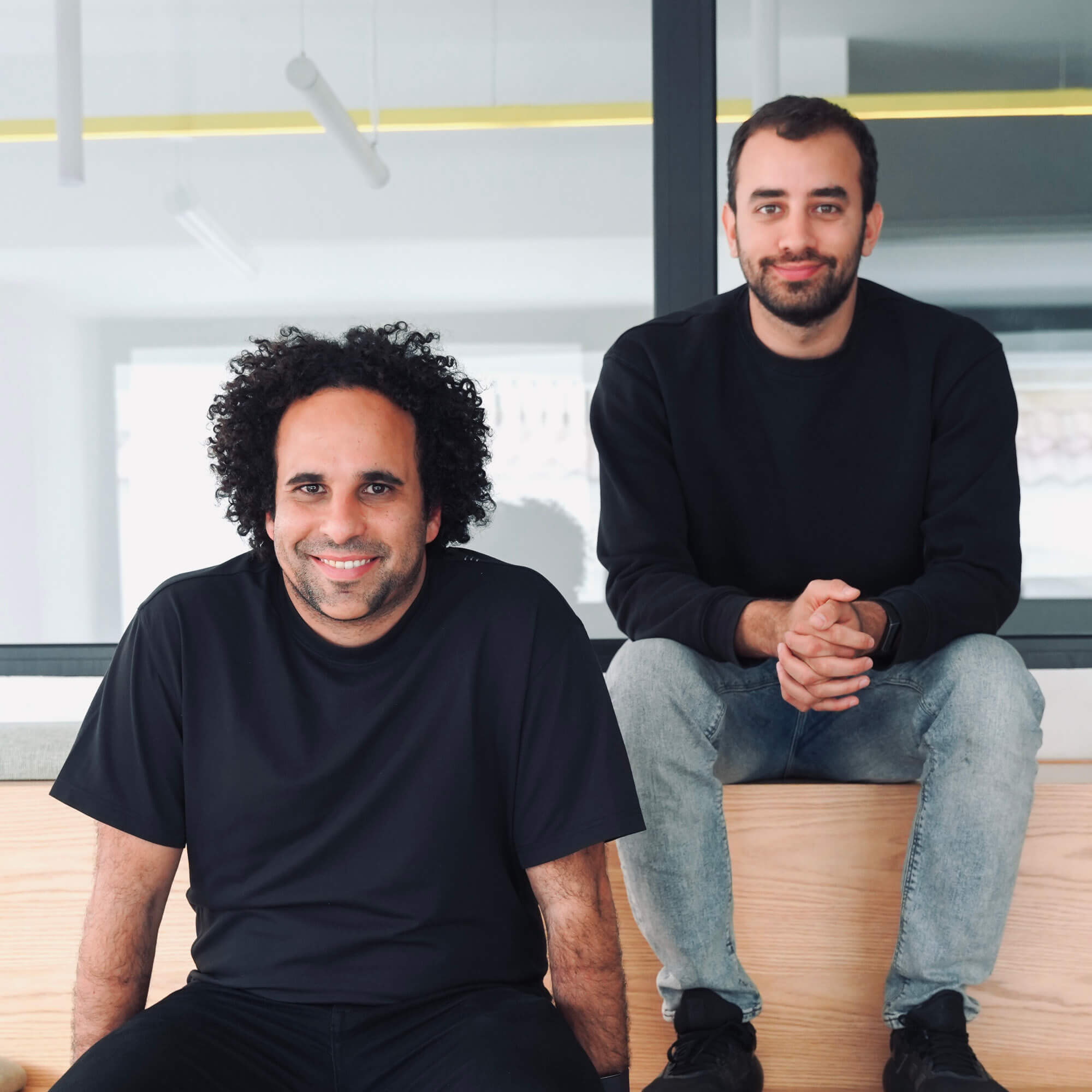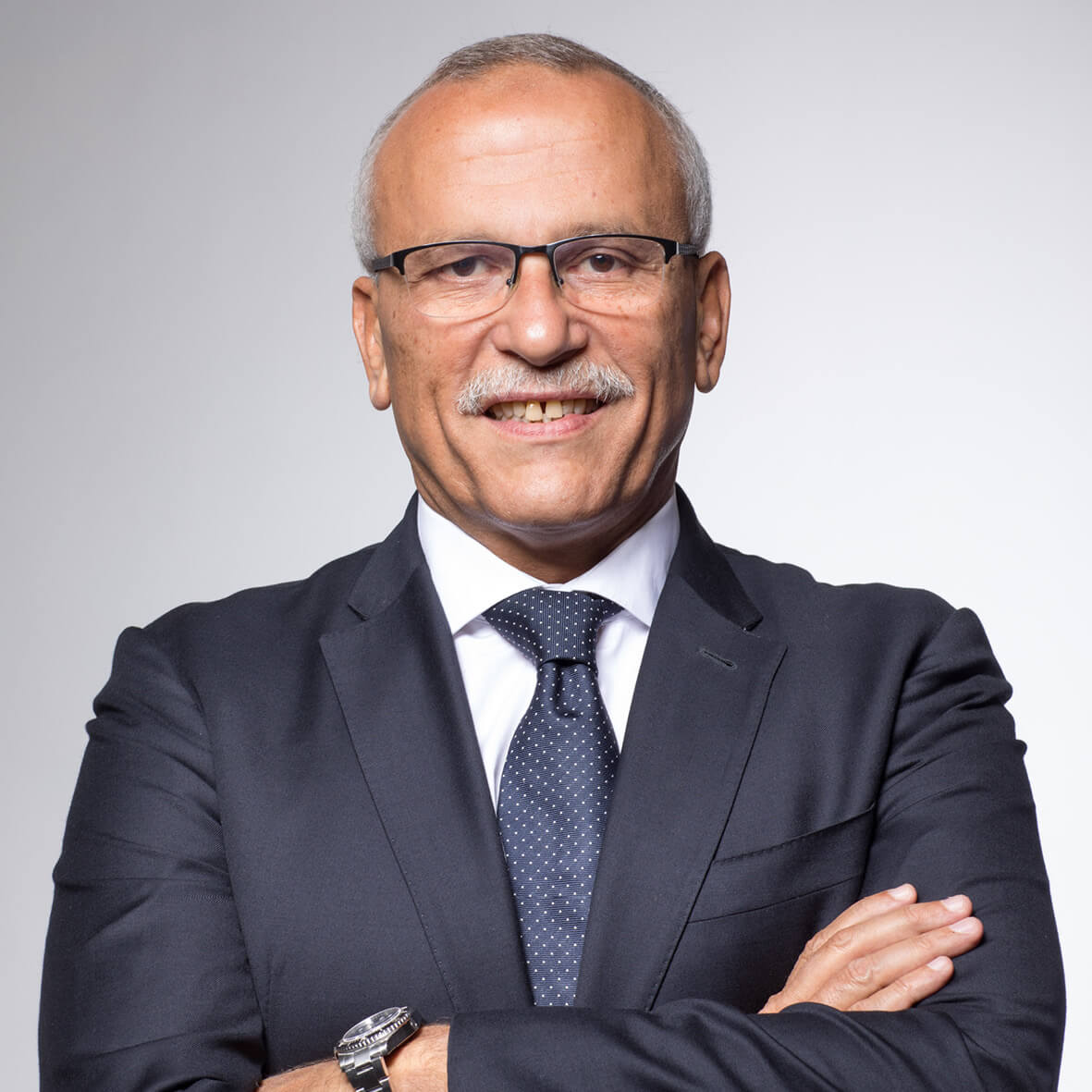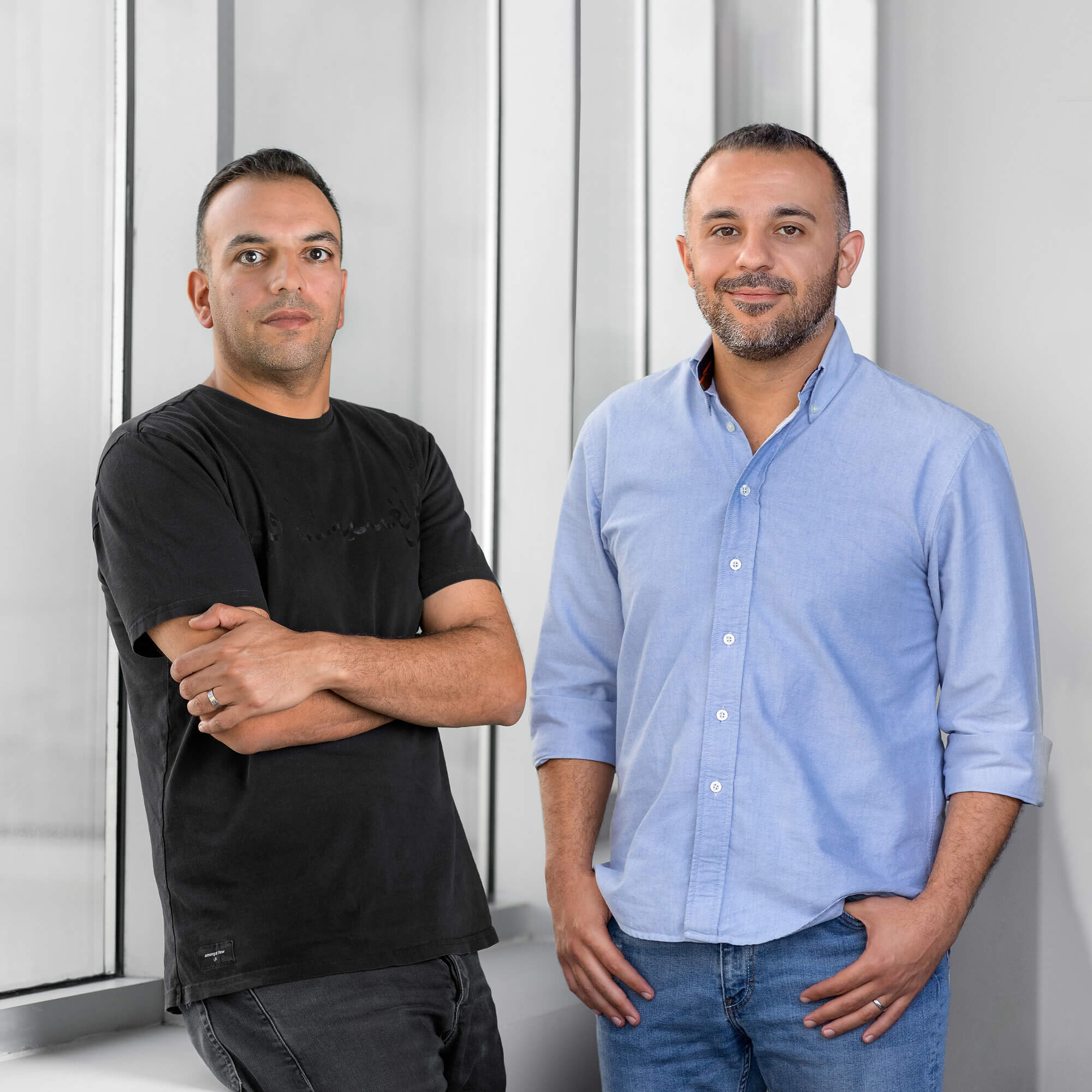THE MIDDLE EAST’S
Fintech 50


Despite a sharp decline in funding in 2023, the Middle East’s fintechs have embraced new technologies and expansion and remained resilient in the face of challenges such as high interest rates and geopolitical uncertainties. According to a report by KPMG, funding in fintech in Europe, the Middle East, and Africa fell to its lowest annual level in seven years in 2023, recording $24.5 billion last year compared to $49.6 billion in 2022.
The Middle East’s Fintech 50 list features the top players that are revolutionizing the financial technology landscape in the underserved region, spanning digital payment companies, open banking platforms, investment, saving, and lending apps. Egypt is the most represented country with 13 companies, followed by the U.A.E. and Saudi Arabia with 11 each.
Backed by ADQ, Alpha Dhabi, e&, and First Abu Dhabi Bank, U.A.E.-based Wio Bank tops the 2024 list, having launched its first digital banking application, “Wio Business,” in September 2022, followed by “Wio Personal,” which caters to retail clients. Egypt’s Fawry, which provides e-payments and digital finance solutions to over 51.7 million customers, ranked second.
Payment companies dominate the list with 26 entries. Buy-Now, Pay-Later platforms also continue to gain traction, with prominent players Tabby, Tamara, and MNT-Halan featured among the top 10. The three companies achieved unicorn status in 2023 after bagging debt and equity funding.
The Middle East’s Fintech 50
Methodology
We considered companies that are applying technology to financial sectors, including payments, insurance, digital banking, investing and wealth management, savings, crypto, and lending and personal financing. We excluded fintech operations owned by exchange houses, traditional banks, and governments.
We gathered data through primary sources, statements, and questionnaires. We took into account:
· The amount of money executed through digital channels in 2023.
· The number of app downloads and active users.
· The number of countries that the companies operate in.
· Growth and expansion between March 2023 and March 2024.
· Examples of innovation in digital payments.
· Impact on consumers and businesses.
· Funding from venture capitalists and valuation.
Disclaimer: All data given was provided by the companies. Forbes Middle East holds no responsibility for any investment decisions.
Methodology
We considered companies that are applying technology to financial sectors, including payments, insurance, digital banking, investing and wealth management, savings, crypto, and lending and personal financing. We excluded fintech operations owned by exchange houses, traditional banks, and governments.
We gathered data through primary sources, statements, and questionnaires. We took into account:
· The amount of money executed through digital channels in 2023.
· The number of app downloads and active users.
· The number of countries that the companies operate in.
· Growth and expansion between March 2023 and March 2024.
· Examples of innovation in digital payments.
· Impact on consumers and businesses.
· Funding from venture capitalists and valuation.
Disclaimer: All data given was provided by the companies. Forbes Middle East holds no responsibility for any investment decisions.



















































